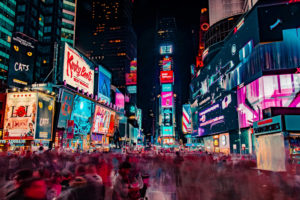Jeff Bezos Buys The Washington Post… Plus 4 Other Things You Didn’t Know He Was Up To
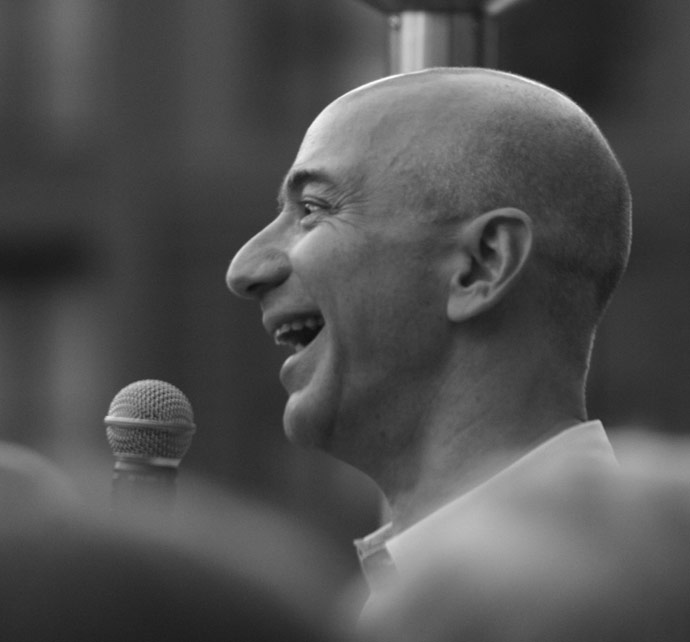
Image via Flickr/ Doc Searls
Billionaire and Amazon founder Jeff Bezos is individually buying the Washington Post for $250 million. The company will also be changing its name, which has yet to be revealed. According to the Post, Bezos will be taking the company private. Although the sale isn’t connected to Amazon, some speculated over whether or not Bezo’s selling of $185 million shares of Amazon last week had any connection.
Washington Post chairman and CEO Donald Graham said that the decision comes after many years of hardship for the newspaper.
Everyone at the Post Company and everyone in our family has always been proud of The Washington Post—of the newspaper we publish and of the people who write and produce it,” said Graham. “I, along with Katharine Weymouth and our board of directors, decided to sell only after years of familiar newspaper-industry challenges made us wonder if there might be another owner who would be better for the Post (after a transaction that would be in the best interest of our shareholders). Jeff Bezos’ proven technology and business genius, his long-term approach and his personal decency make him a uniquely good new owner for the Post.”
According to the Washington Post, several people at the paper will continue to assume their roles, including Katharine Weymouth, CEO and Publisher of The Washington Post; Stephen P. Hills, President and General Manager; Martin Baron, Executive Editor; and Fred Hiatt, Editor of the Editorial Page.
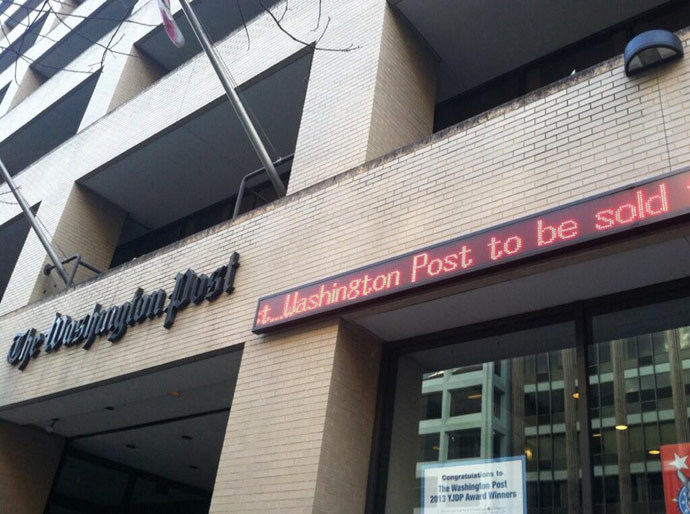
Image via Flickr/ Adam Glanzman
The $250 million transaction includes the Washington Post, the Express newspaper, The Gazette Newspapers, Southern Maryland Newspapers, Fairfax County Times, El Tiempo Latino and Greater Washington Publishing. Not included are Slate magazine, TheRoot.com, Foreign Policy, the WaPo Labs, and SocialCode businesses.
Graham and Weymouth announced the sale “a packed meeting of employees at the company’s headquarters in downtown Washington on Monday. The mood was hushed; several veteran employees cried as Graham and Weymouth took turns reading statements and answering question,” writes the Post.
Graham isn’t giving up, necessarily. In fact, he admits that the paper may have survived under its current ownership. “But we wanted to do more than survive,” he said. “I’m not saying this guarantees success, but it gives us a much greater chance of success.”
Bezos said in a memo the Post’s employees, “I won’t be leading The Washington Post day-to-day. I am happily living in “the other Washington” where I have a day job that I love. Besides that, The Post already has an excellent leadership team that knows much more about the news business than I do, and I’m extremely grateful to them for agreeing to stay on.”
So now that Bezos has acquired the Post, let’s take a look at what else he has been up to:
Blue Origin:
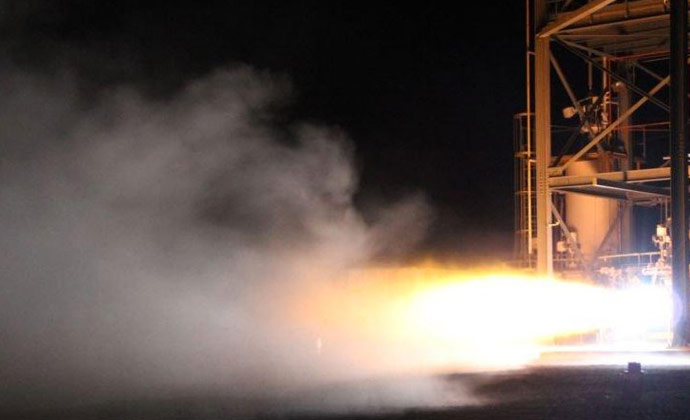
Image via Blue Origin
In 2000, Bezos founded Blue Origin to give access to outer space to the masses for a lower cost. An interview with Wired magazine revealed that the decision to embark on the space startup came from a facsination with aircrafts that began when he was young. “When I was 5 years old, I watched Neil Armstrong step onto the moon,” he said. “It made me passionate about science, physics, math, exploration. If you really want to make it so that anybody can go into space, you have to increase the safety and decrease the cost. That’s Blue Origin’s mission. I’m super passionate about it.”
Air Bag For Cell Phones:
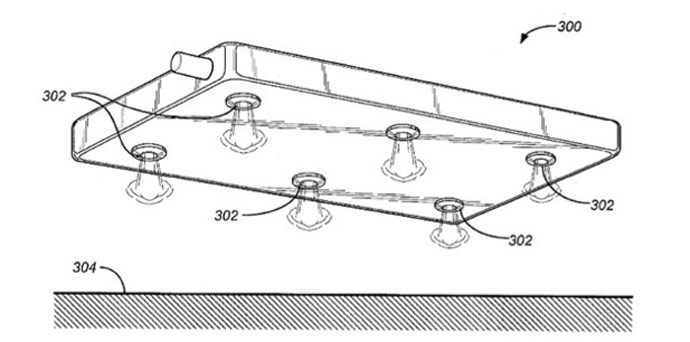
Image via USPTO
While this project has been very hushed, Bezos is one of two people on the patent for a “system and method for protecting devices from impact damage.”The patent reads, “The protection system causes the device to be reoriented and deploys an air bag prior to contact such that the air bag first contacts the surface at impact. Instead of the cellular phone directly impacting the surface, the air bag absorbs the impact and cushions the cellular phone so that damage is reduced or substantially eliminated.” Bezos has yet to comment on its progression.
Lifelong Clock:
Bezos has partnered with the Long Now foundation to build a “10,000 year” clock in the mountains near his Blue Origin site in Texas. “It’s like a grandfather clock on a grander scale,” Mr. Bezos said, according to the Wall Street Journal. When it’s finished, it will play an elaborate cuckoo-like sequence for the anniversary of every year, decade, century, millennium and 10 millennia.”
The reason I’m doing it is that it is a symbol of long-term thinking, and the idea of long-term responsibility,” said Mr. Bezos, who has spent at least $42 million on the timekeeper. “We humans have become so technologically sophisticated that in certain ways we’re dangerous to ourselves. It’s going to be increasingly important over time for humanity to take a longer-term view of its future.”
Zappos:
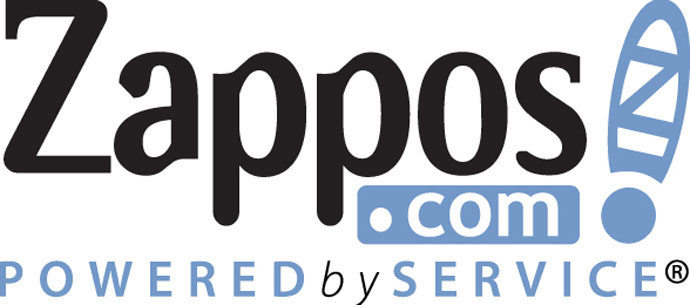
Image via Zappos
In 2009, Bezos purchased Zappos, the online shoe company. When asked whether or not the purchase was a move to absorb the Zappos culture at Amazon, he responded, “We like their unique culture, but we don’t want that culture at Amazon. We like our culture, too. Our version of a perfect customer experience is one in which our customer doesn’t want to talk to us. Every time a customer contacts us, we see it as a defect.”







































